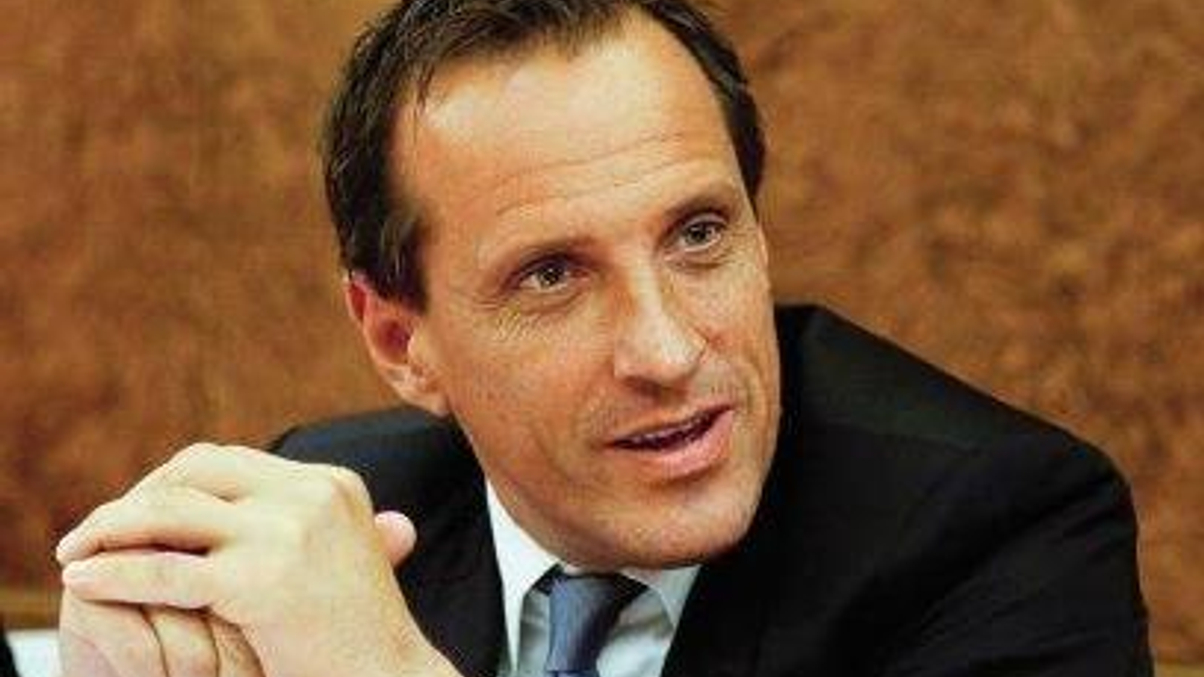Private banks urged to protect gatekeeper role
Contact between product selectors and relationship managers in a client setting may be inappropriate, says LGT. Gatekeepers must focus on recommendations, not asset-raising.

There is a need to maintain a Chinese wall between product selectors and relationship managers at private banks to protect the sanctity of the gatekeeper function, says Tony Stanton of LGT Investment Management (Asia).
Sign in to read on!
Registered users get 2 free articles in 30 days.
Subscribers have full unlimited access to AsianInvestor
Not signed up? New users get 2 free articles per month, plus a 7-day unlimited free trial.
¬ Haymarket Media Limited. All rights reserved.


